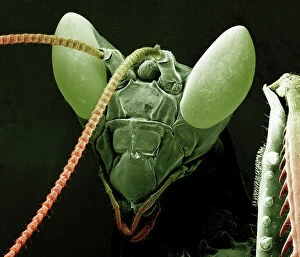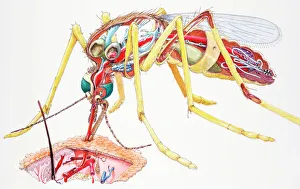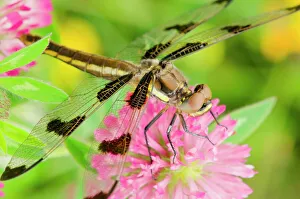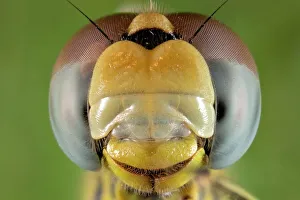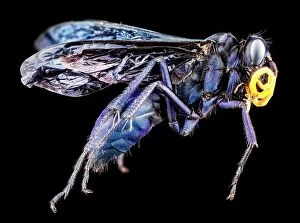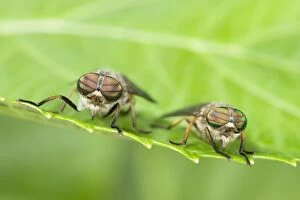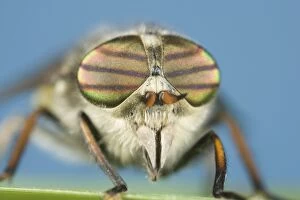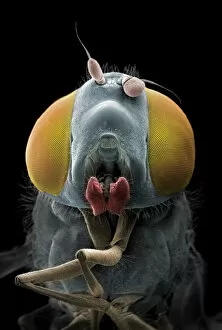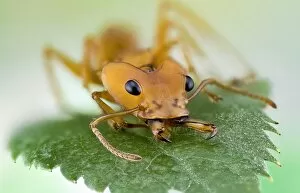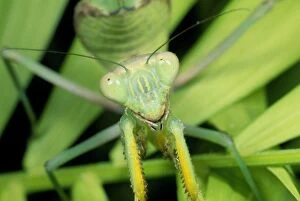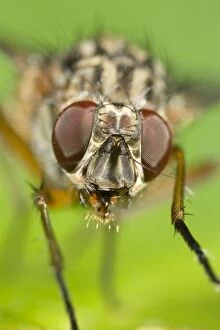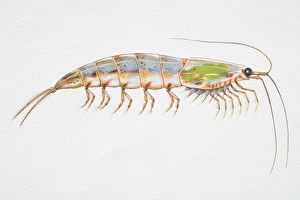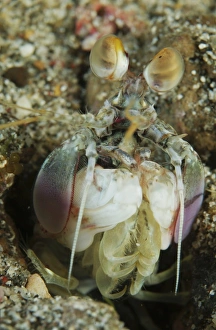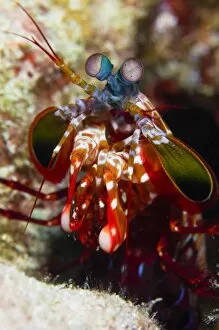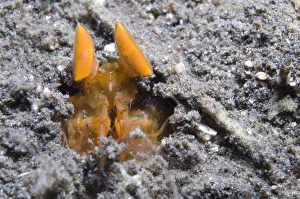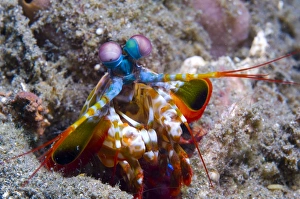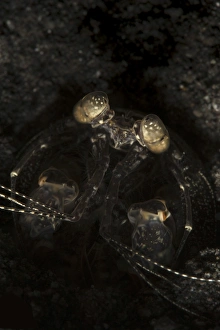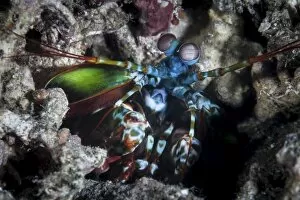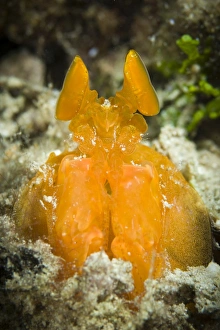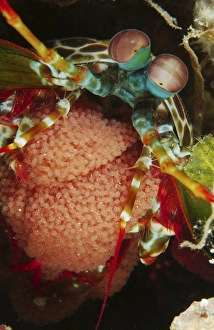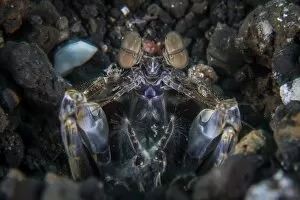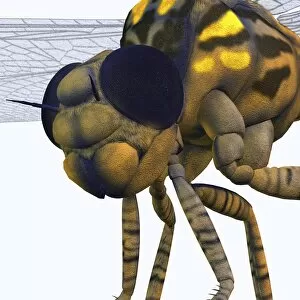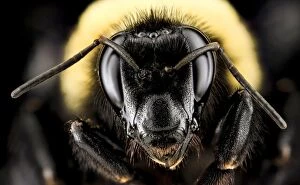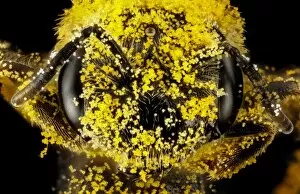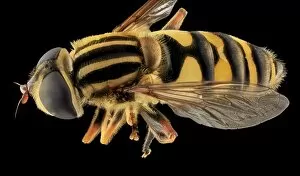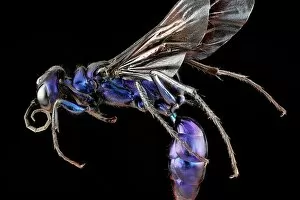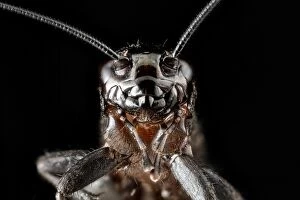Compound Eyes Collection
"Marvels of Vision: Exploring the Intricate World of Compound Eyes" Step into a microscopic realm where vision takes on a whole new meaning
All Professionally Made to Order for Quick Shipping
"Marvels of Vision: Exploring the Intricate World of Compound Eyes" Step into a microscopic realm where vision takes on a whole new meaning. Through the lens of a Scanning Electron Micrograph (SEM), witness the intricate beauty up close and personal. In this captivating image, a Praying Mantis steals the spotlight with its mesmerizing compound eyes magnified 30 times their actual size. Each tiny facet captures light from different angles, providing an unparalleled panoramic view of its surroundings. Moving on to another fascinating creature, we delve deep into the internal anatomy of a female Mosquito. A cross-section reveals her delicate proboscis penetrating human skin as she greedily sucks blood—a testament to how compound eyes aid these pests in locating their next meal. Nature's vibrant palette comes alive as we encounter a Twelve-spot Skimmer Dragonfly perched gracefully on a crimson red clover flower during a cool morning in Washington's Pacific Northwest. Its compound eyes serve as powerful sensors, allowing it to spot prey or potential mates with remarkable precision. The Pompilid spider wasp makes an appearance, showcasing its striking features including large compound eyes that help it navigate through complex environments while hunting for spiders to paralyze and lay eggs upon—an awe-inspiring sight indeed. Zooming closer still, we find ourselves face-to-face with the intricately patterned head of another dragonfly species. The sheer complexity and arrangement of its they can nothing short of breathtaking—truly nature's masterpiece. Horse Flies take center stage next as two individuals rest peacefully on a leaf in Norfolk, UK. Their banded compound eyes glisten under sunlight like precious gemstones—a reminder that even seemingly pesky insects possess extraordinary visual capabilities. Anticipating no less wonderment is an Ant eye captured in astonishing detail by our SEM lens. Witnessing each individual ommatidium—the building blocks comprising these magnificent organs—we gain a newfound appreciation for the world as seen through an ant's compound eyes.

